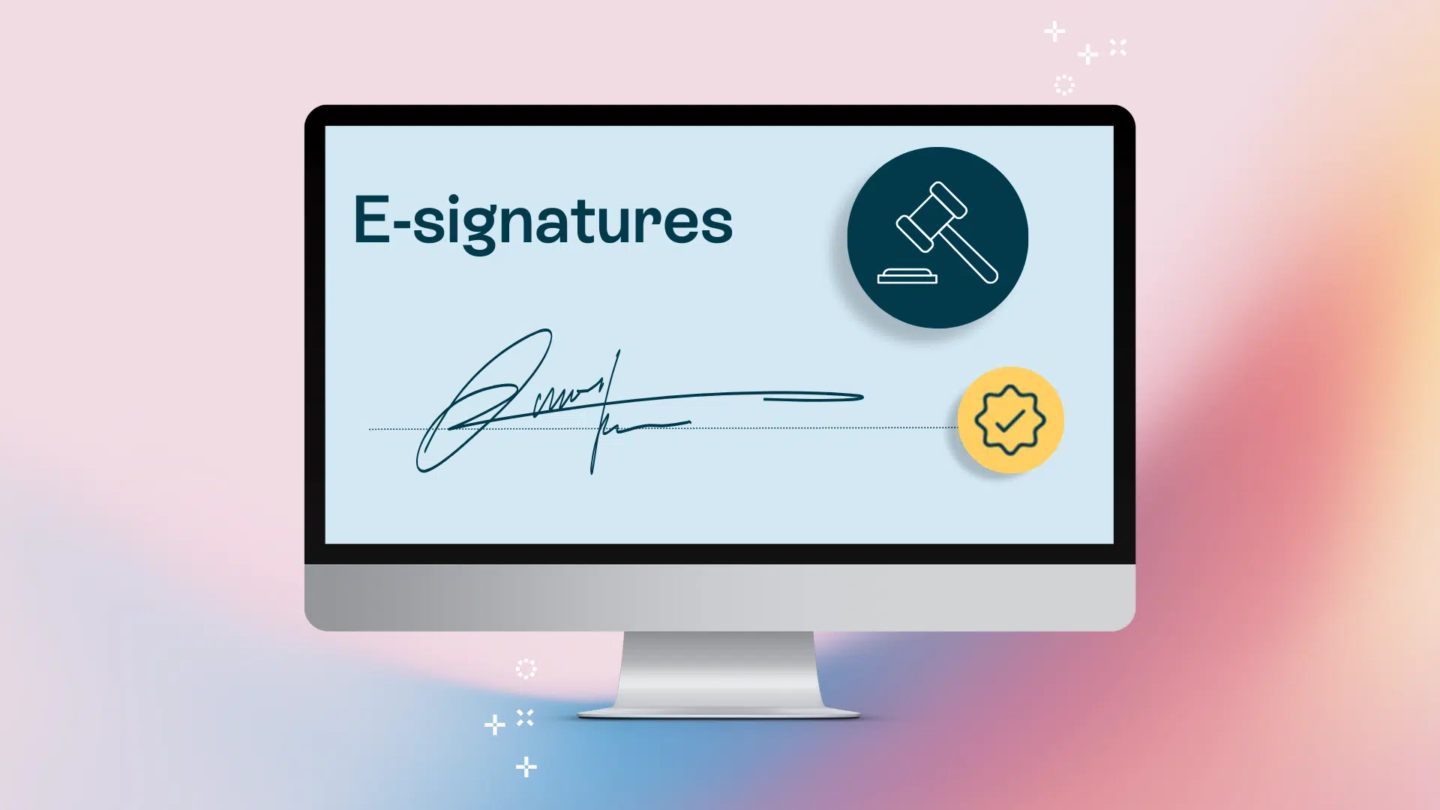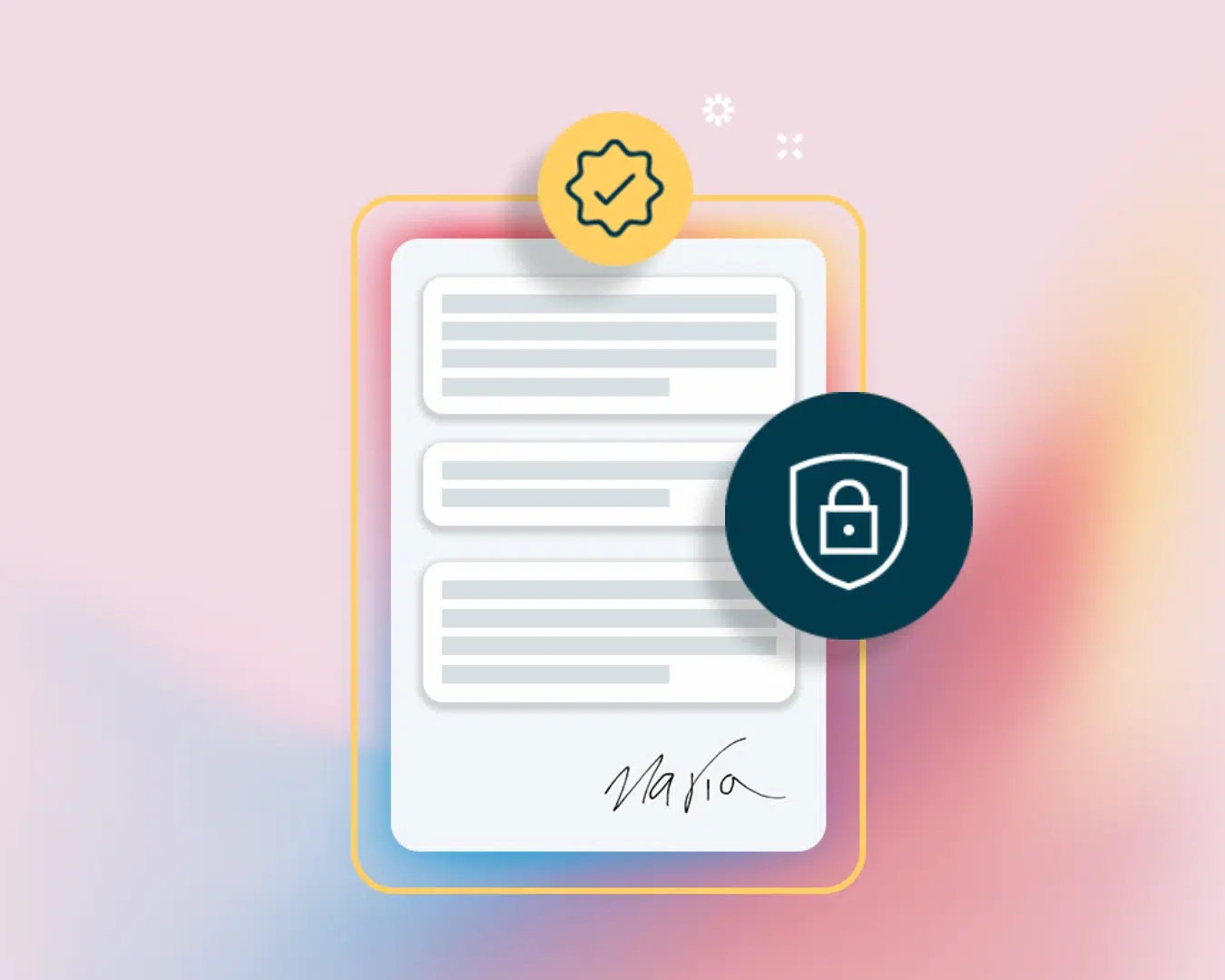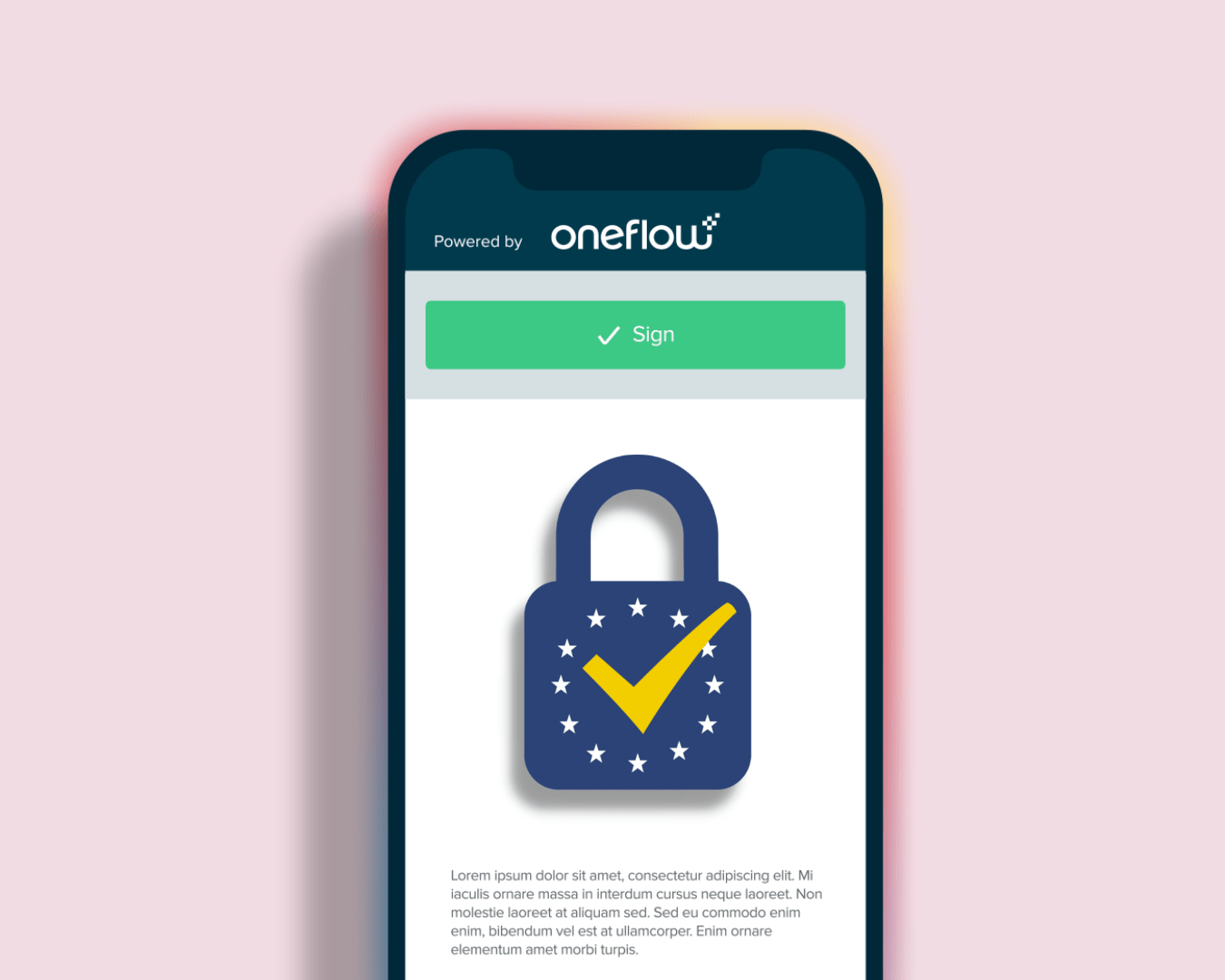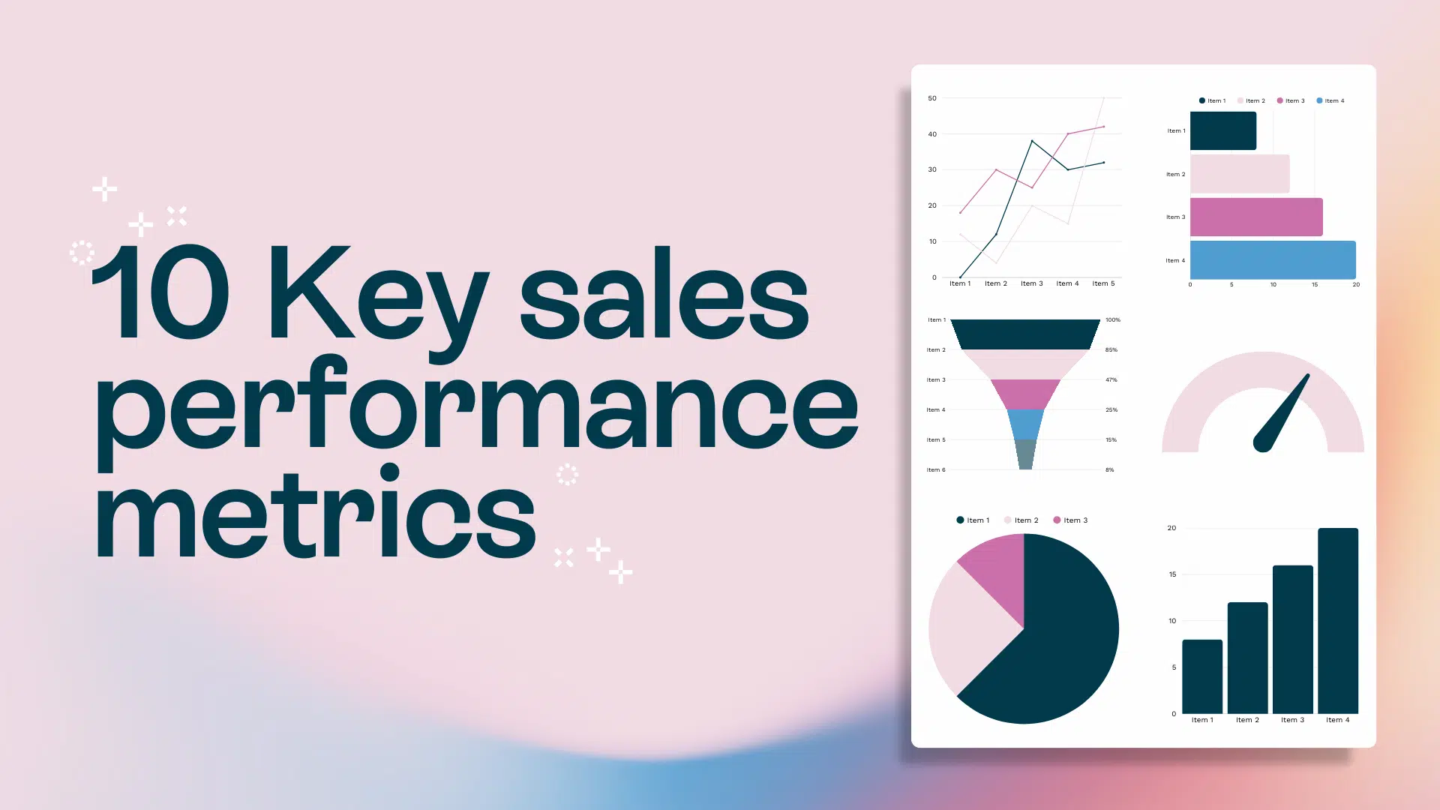In today’s fast-moving job market, speed is crucial. HR teams are under immense pressure to secure top talent before competitors do. Yet many recruitment processes are still hampered by fragmented systems—separate platforms for interviews, applicant tracking, and contracts. These disjointed tools create bottlenecks at every stage, from scheduling interviews to issuing offer letters and finalising employment contracts.
The result? Lost candidates, delayed onboarding, and increased administrative burden. By streamlining contract management, HR leaders can not only improve hiring efficiency but also deliver a seamless and professional candidate experience.
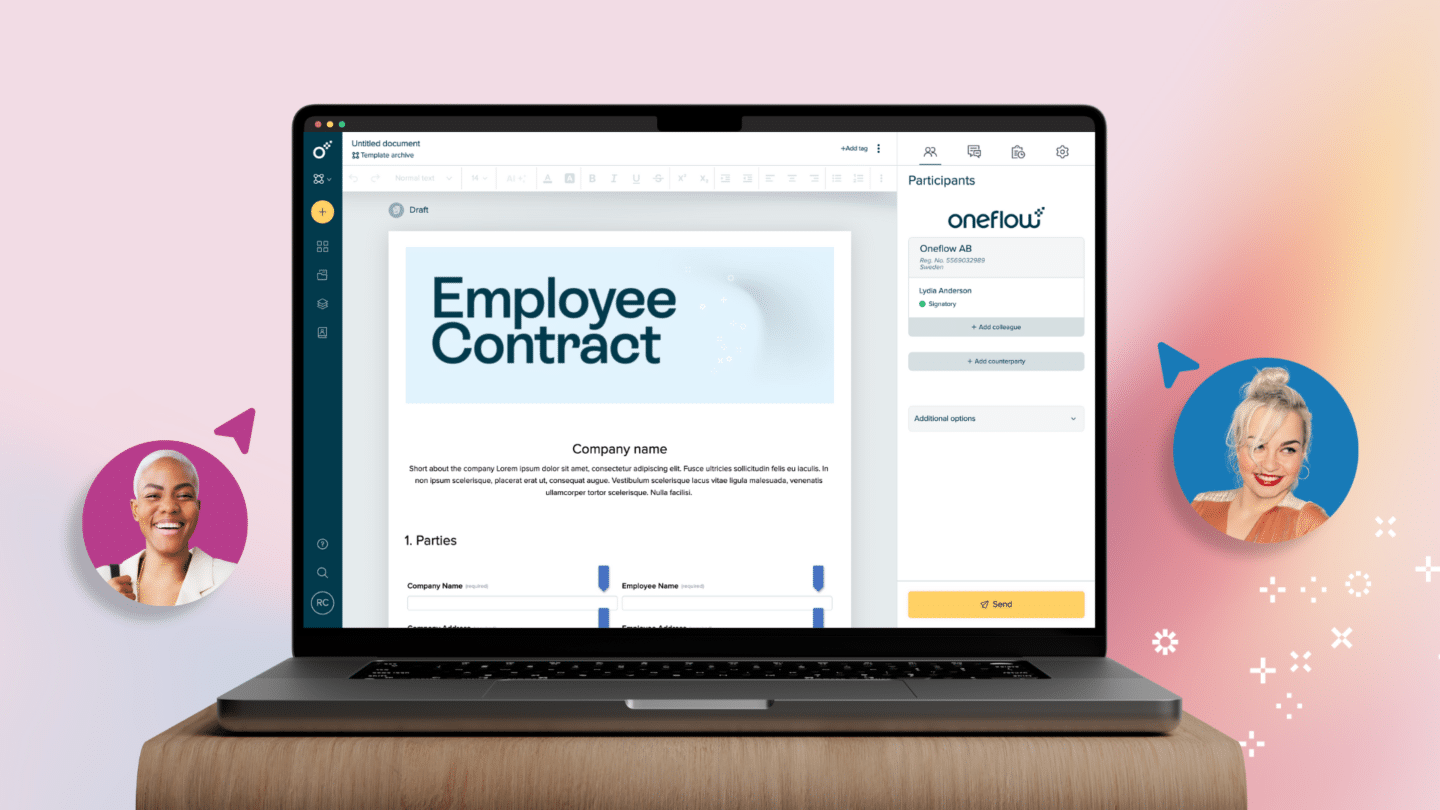
The Hidden Costs of Disjointed Recruitment Processes
HR and recruitment teams often unintentionally slow themselves down by using a patchwork of unconnected tools for interviews, offer approvals, and contract management. This fragmented approach leads to:
- Delays in contract approvals: Offer letters and employment contracts get caught in email chains or disparate systems, causing unnecessary hold-ups.
- Inconsistent candidate communication: Messaging via multiple channels (e.g. email, ATS, e-signature platforms) creates confusion and may lead candidates to disengage.
- Missed opportunities: A slow contract turnaround can cause highly sought-after candidates to accept offers elsewhere.
- Compliance and version control risks: Sending outdated or incorrect contract terms becomes more likely when documents aren’t managed in a unified platform.
How HR Leaders Can Speed Up Recruitment Process with Seamless Contract Management
To overcome these challenges, HR leaders in the UK can modernise recruitment workflows by:
- Aligning contracts with the interview process: Don’t wait until the final stage. Begin preparing employment contracts based on interview progress and feedback to speed up decision-making.
- Automating approvals: Use digital contract workflows to enable managers and legal teams to review and approve documents quickly and securely.
- Digitalising the candidate journey: Send NDAs, offer letters, and contracts electronically for fast review and e-signing—no printing, scanning, or postal delays.
- Increasing transparency for HR teams: Adopt a centralised system that tracks the real-time status of all candidate documents, ensuring nothing slips through the cracks.
Read also: How to use digital contracts for HR departments?

Turning Contract Management into a Competitive Hiring Advantage
To streamline recruitment and gain an edge in the war for talent, HR teams should adopt the following best practices:
- Identify pain points: Map out where delays typically occur—from offer approval to contract signing—and determine the root causes.
- Centralise your workflow: Use a single platform for managing offer letters, contracts, and approvals to remove manual processes and reduce friction.
- Enable digital signatures: Let candidates sign contracts instantly and securely, shrinking turnaround times from days to hours.
- Monitor document status in real-time: Know exactly who has received, reviewed, signed, or approved every document—no more guesswork.
- Enhance collaboration: Ensure HR, hiring managers, and legal teams all work within the same system to streamline communication and decision-making.
Final thoughts
A sluggish hiring process doesn’t just frustrate candidates—it can seriously harm your recruitment outcomes. Top candidates won’t wait around. Delays and inefficiencies raise hiring costs and risk losing talent to faster-moving competitors.
By transforming contract management from a bottleneck into a streamlined, digital-first process, HR leaders can speed up recruitment, ensure compliance, and deliver a best-in-class candidate experience.
For further guidance on modernising HR workflows with digital contracts, visit: https://oneflow.com/uk/solutions/hr/.

